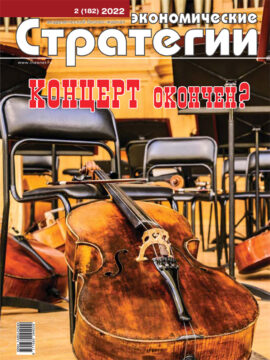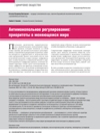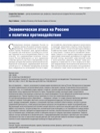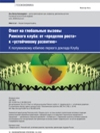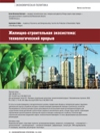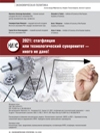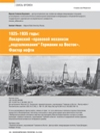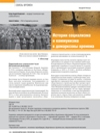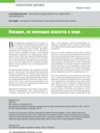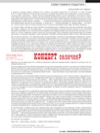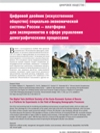Antimonopoly Regulation: Priorities in Changing World
DOI: https://doi.org/10.33917/es.2.182.2022.32-38
The article focuses on changes in global markets induced by digitalization of economy that caused new challenges to antimonopoly regulation. In this context, the author considers digital platforms and use of algorithmic pricing by economic entities. The author proposes to delineate between different types of platforms and their classification in platforms — exchanges or trade spots and multisided markets and to assess the impact of both types on competition. The article also considers the use of digital algorithms by entities as a factor of concerted conduct and implicit collusion among the market participants. In this context, the author attempts to assess the influence of humans and algorithms on sustainability of implicit collusion.
Both problems are considered in the context of global scale of entities. It limits possibilities of law enforcement against their monopolistic conduct by national competition authorities, as well as national sovereignty when faced with global corporations. In conclusion, the author stresses the necessity of search of new means of countering monopolization in digital markets
Источники:
1. ICN 2021, available at: https://icn2021budapest.hu/site/#
2. Ageev A.I. Kartina mira [Picture of the World]. Ekonomicheskie strategii, 2019, no 4, p. 5, available at: /wp-content/mag_archive/2019_04/ES2019-04-Slovo.pdf.
3. Howard A. Shelansky. Information, Innovation and Competition Policy for Internet. University of Pennsylvania Law Review, 2013, N 161, pp. 1699–1701.
4. Competition Policy. European Commission. Case AT.39740 Google Search (Shopping), available at: https://ec.europa.eu/competition/elojade/isef/case_details.cfm?proc_code=1_39740.
5. Monopolies Commission: Digital change requires legal adjustments regarding price algorithms, the media sector and the supply of medicines. Monopolkommission, available at: https://perma.cc/QW5S-UB8Z.
6. Transcript of FTC Hearings Session No. 7: Competition and Consumer Protection in the 21st Century — Day 2. U.S. FED. TRADE COMM’N 19-84 (Nov. 14, 2018), available at: https://www.ftc.gov/system/files/documents/public_events/1418693/ftc_hearings_session_7_transcript_day_2_11-14-18_0.pdf.
7. Kai-uwe K hn & Steve Tadelis, Algorithm Collusion. CRESSE, 2017, available at: http://www.cresse.info/uploadfiles/2017_sps5_pr2.pdf.


